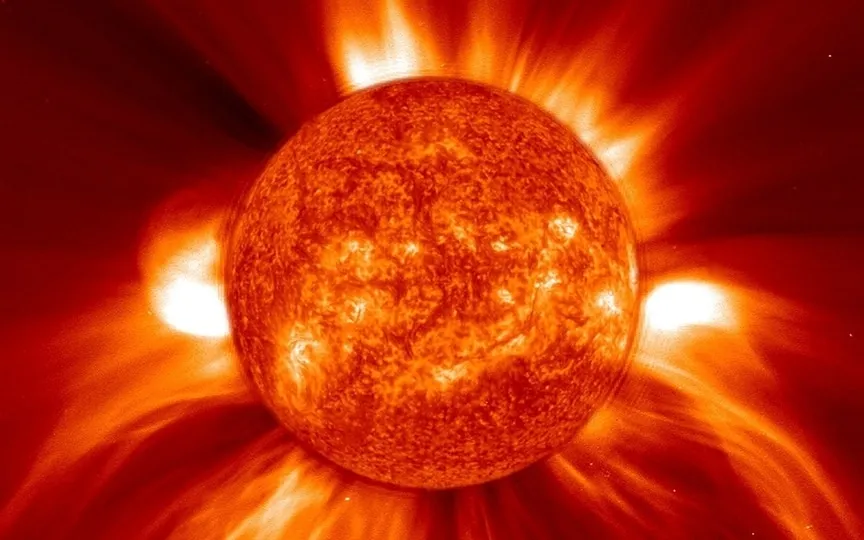Possible geomagnetic storm today as solar storm approaches due to potential CME impact
Solar storm alert: Recently, Sunspot AR3559 was a concern for X-class solar flares due to its ‘beta-gamma-delta’ magnetic field. This occurred alongside the release of a new forecast for solar cycle 25 by NOAA, predicting a stronger peak than expected. Forecasters now warn of a possible Coronal Mass Ejection (CME) heading towards Earth, potentially causing a geomagnetic storm. Stay informed about this solar storm warning.
Solar storm watch
According to a SpaceWeather report, NOAA forecasters say a CME may penetrate the Earth’s magnetic field today, March 14. This could trigger a small G1 class geomagnetic storm. However, the northern lights are not expected to be visible.
The report states: “Today, geomagnetic activity is low and the forecast does not call for bright aurora borealis. However, that may change. NOAA forecasters say a CME may penetrate the Earth’s magnetic field on March 14. A small G1 geomagnetic storm could result from a low-probability impact .”
In recent weeks, the sun’s activity has increased due to a phenomenon known as the Russell-McPherron effect. During this time, the Sun is directly above the equator, when day and night are of the same length. As a side effect, there is a semiannual variation in the effective southern component of the interplanetary field. Cracks are forming in the Earth’s magnetic field that can allow even weak solar winds to penetrate, NASA says. This means that even weak solar flares and CMEs can trigger geomagnetic storms and solar storms.
Are G1 geomagnetic storms dangerous?
NASA says G1 geomagnetic storms are considered minor storms and do not cause major damage. Although not powerful enough to damage satellites or disrupt cellular networks, these geomagnetic storms can still cause radio outages.




